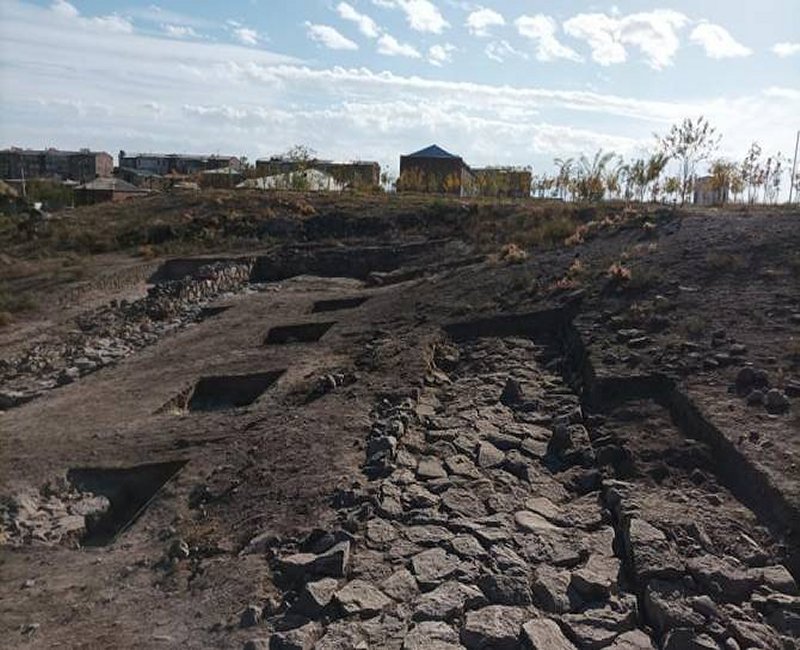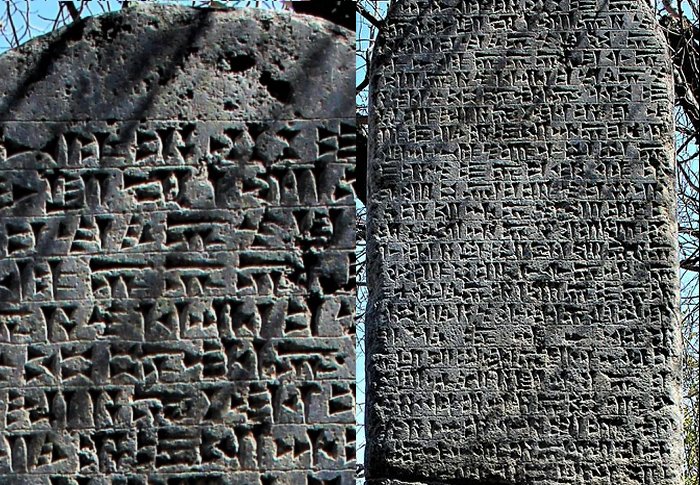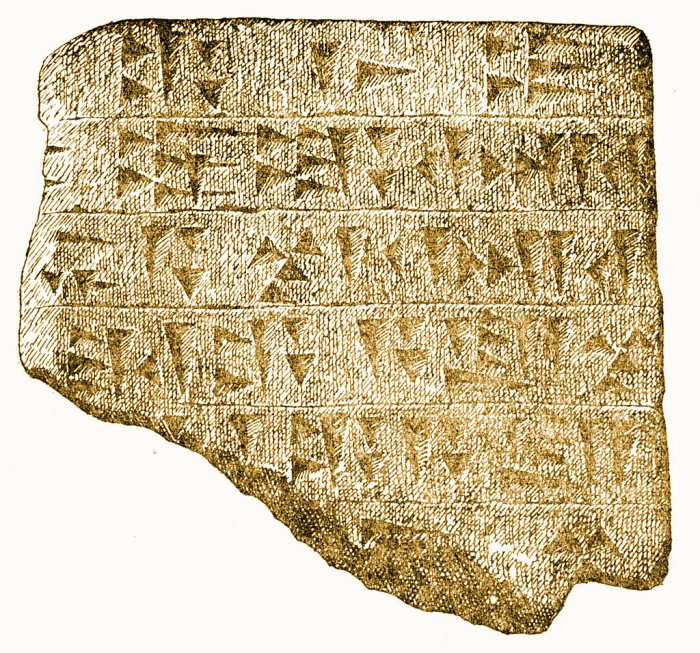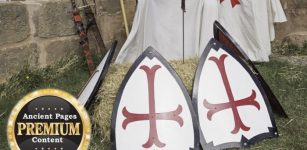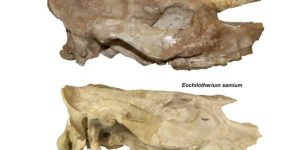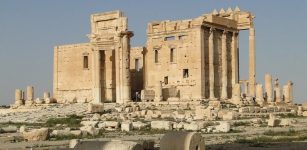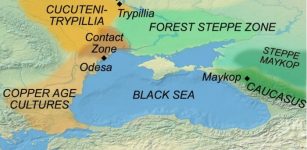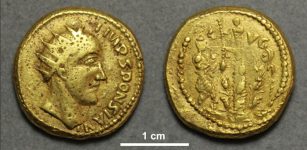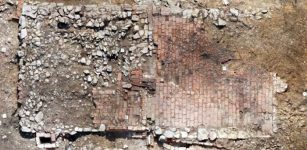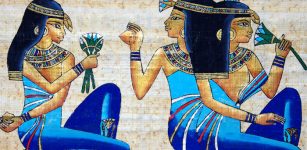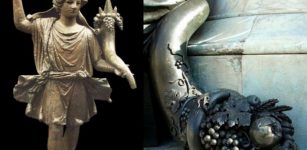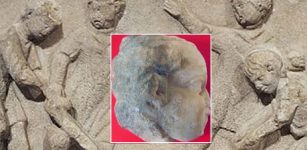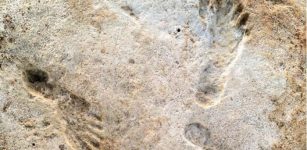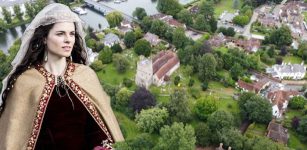Monumental Structure Unearthed During Excavations Of Urartu-Era Karmir Blur
Conny Waters - AncientPages.com - A monumental structure dating back to the 7th century B.C. has been unearthed during excavations at the Karmir Blur (Red Hill - also known as historical Teishebaini), now an archaeological site, but once the capital of the Transcaucasian provinces of the ancient kingdom of Urartu in Yerevan, Armenia.
Karmir Blur "Red Hill" - View from on top of the hill. Image credit: - CC BY-SA 3.0
The city of Teishebaini was built by the king Rusa II in the mid-7th century BC (between 650 and 600 BC) to protect the eastern borders of Urartu from the barbaric Cimmerians and Scythians. Within the city was a governor's palace that contained a hundred and twenty rooms spreading across more than 40,000 m2 (10 acres), and a citadel named the Citadel of Teisheba after the Urartian god of war.
As Mikayel Badalyan - co-leader of the Armenian-Austrian expedition team and Director of the Erebuni museum, told Armenpress - the monumental structure’s discovery is significant not only for Armenia but for the entire Middle East.
Urartu-era monumental complex. Image credit: ArmenPress
“We are excavating a monumental structure at least 17 meters by 50 meters with its infrastructures. Of course we’ve just excavated one part, and discovered the platforms of 11 round columns with monumental walls and paved ground.”
The archaeological team has discovered traces of a fire which date back to a later period.
“Most probably life continued here also in the middle ages,” he said.
The Austrian team is conducting excavations in the area south of the Teishebaini fortress, and they have discovered several post-Urartu period layers, which proves that life continued in Karmir Blur also during the era of the Yervanduni and Achaemenid dynasties.
Badalyan said that the excavations will continue next year at the site.
Urartu-era monumental complex. Image credit: ArmenPress
“We hope to fully excavate this monumental complex, reinforce it and make it part of the monument.”
The discovery is related to the era of Rusa II, who was the king of Urartu between around 680 BC and 639 BC. It was during his reign that the massive fortress complex, Karmir-Blur, was constructed.
Rusa II was known to Esarhaddon, king of Assyria, as Yaya or Iaya. A cuneiform inscription has been found commemorating the king building a canal to channel water to the city of Quarlini from the Ildaruni (Hrazdan River).
A cuneiform inscription of the Urartian king Rusa II commemorating the building of a canal. Image credit: Beko- CC BY-SA 4.0
Urartian Tablet - a faithful photographic reproduction of a two-dimensional, public domain work of art. The inscription (unearthed in 1936) contained the name of the King of Urartu-Rusa II, son of Argishti II.- Public Domain
Fragment of a bronze helmet discovered during excavations at Karmir Blur depicting the "tree of life". Image credit: EvgenyGenkin - CC0 1.0
In earlier excavation of Teishebaini (Karmir Blur) archaeologists discovered remains of a city that was besieged and consumed in a great conflagration during a final night attack. However, the archaeological works successfully uncovered several treasures and everyday artifacts that were taken to the citadel when the city was attacked.
Karmir Blur was an administrative and economical center with double-storied citadel, where workshops of ceramic, military and metalworking, storehouses of wine and beer, granaries, colonnade hall, living space had their location. The name Karmir Blur translates to "Red Hill" because of the hill's reddish hue. It became this color after the city was set on fire, according to ancient sources.
Written by Conny Waters - AncientPages.com Staff Writer


